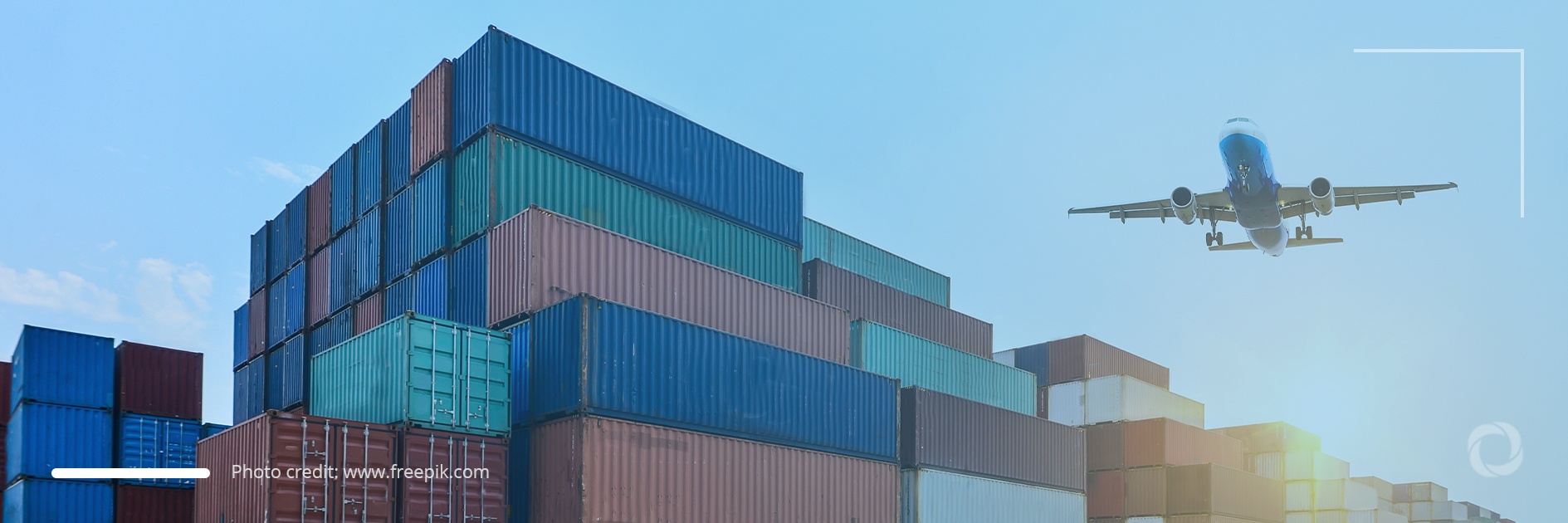With travel and transport services being particularly affected, COVID-19 has had a disproportionate impact on the global trade of goods and services according to the WTO’s 2021 Annual Report. WTO member countries imposed restrictive measures which aimed to mitigate the impacts of the pandemic which, in turn, involved restrictions on trade although many of these measures were subsequently lifted by mid-October 2020.
Trade limitations amid the pandemic
Noting that a large number of the pandemic’s trade and trade-related measures were only temporarily imposed by most countries, the WTO report commented that while at the beginning of the pandemic, preventive measures were trade-restrictive, by mid-October 195 of the 335 measures were already trade-facilitating although the remaining 140 were still considered to be trade-restrictive. Overall, nearly 39% of the preventive measures adopted to meet the challenges brought about by the pandemic had been removed by mid-October with 18% of trade-facilitating COVID-19 measures also being eliminated. The coverage of pandemic-related trade-facilitating measures, implemented since the outbreak of the virus, was projected to be US$227 billion while trade-restrictive measures amounted to US$180 billion.
Pressure on health sector
In 2020, COVID-19 placed huge pressure on the health sector. At the beginning of the outbreak, with many countries facing a shortage of essential personal protective equipment, the import of face protection products jumped by 90% while the trade-in medical products grew by 16%, reaching US$2,343 billion. In particular, the imports of face masks increased by 80.9%, reaching US$141.4 billion. Meanwhile, the overall trade in merchandise trade dropped 7.6% in value.
On average, a typical vaccine manufacturing plant uses 9,000 different ingredients obtained from around 300 sources across almost 30 countries. The WTO, therefore, estimated that the trade in some raw materials for vaccine production increased by 49% in the first half of 2020, reaching around US$15.5 billion in value.
Global trade in a nutshell
The report shows that trade in goods dropped by 5.3% last year. Trade in services also declined as face-to-face service delivery was curtailed because of travel and other health-related restrictions. Meanwhile, travel and transport services shrank by 63% and 19% respectively.
WTO Director-General, Ngozi Okonjo-Iweala, noted that despite the severe drop in the trading of merchandise, the decline was smaller than that seen in the financial crisis of 2009.
“In the second quarter of 2020, the volume of world merchandise trade shrank 15% year-on-year, the steepest drop on record. But in the second half of the year, as lockdowns began to ease, trade rebounded strongly, propelled by demand resulting from extraordinary levels of fiscal and monetary support, particularly in advanced economies, as well as the containment of the pandemic’s impact in several Asian countries. Restraint in the use of trade protectionism was another important factor in the trade rebound: policies did not prevent supply chains from restarting operations.”
Global trade in iron and steel fell by 17% in the third quarter of 2020 although by the fourth quarter this gap had already decreased to just 2%. Directly impacted by the pandemic-related measures, the number of daily international flights dropped nearly 80% in the first quarter of 2020 only to recover somewhat unevenly later on during the year.
However, despite the overall reduction in trade, many sectors have experienced significant gains. For instance, textile production grew significantly due to the growing demand for face coverings. At the same time, because of the shift to remote working in many sectors, electronic goods, including computers, experienced a 12% growth, the report noted.

